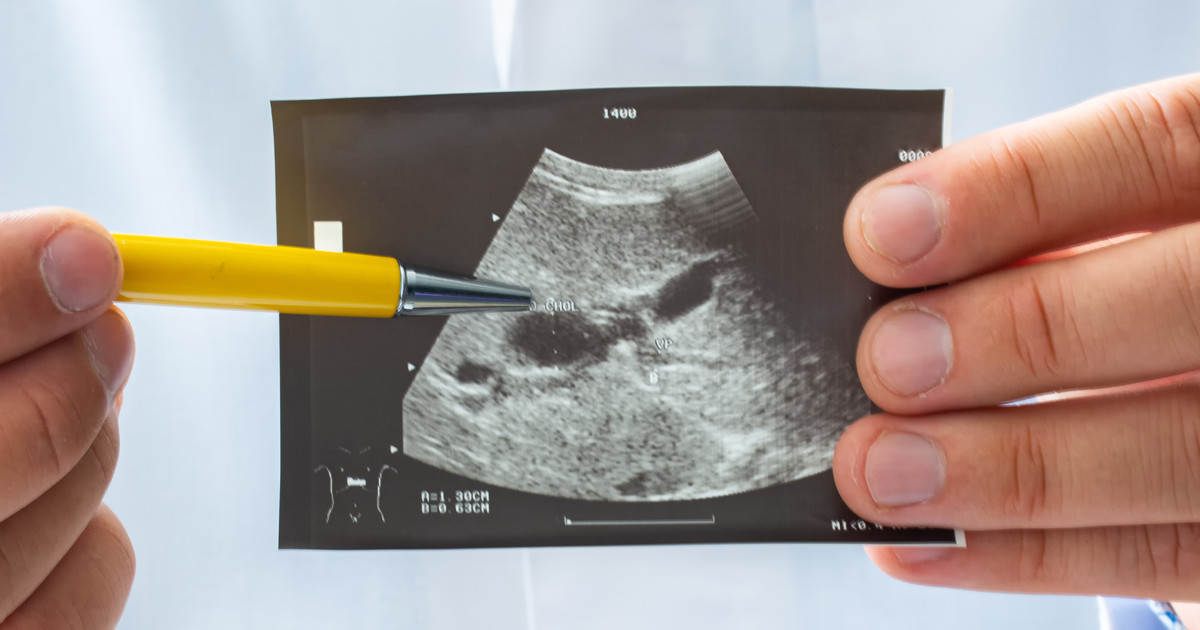Guide To Diagnosing, Treating, And Preventing Gallstones
Hepatobiliary Iminodiacetic Acid Scan

Many patients will need a hepatobiliary iminodiacetic acid (HIDA) scan to diagnose gallstones. This is an imaging procedure. In addition to looking at the patient's gallbladder, it also gives doctors a view of their bile ducts and liver. During this procedure, the doctor will inject a radioactive tracer into a vein in the patient's arm. This tracer will travel to the liver, where it meets with bile-producing cells. At this point, the tracer goes with the bile to the patient's gallbladder, through their bile ducts, and into their small intestine. A scanner will track the tracer to create the images the technician and doctor will examine to diagnose gallstones or other issues.
Learn more about diagnosing gallstones now.